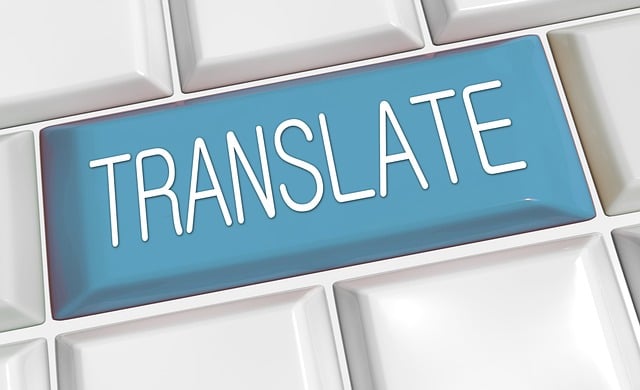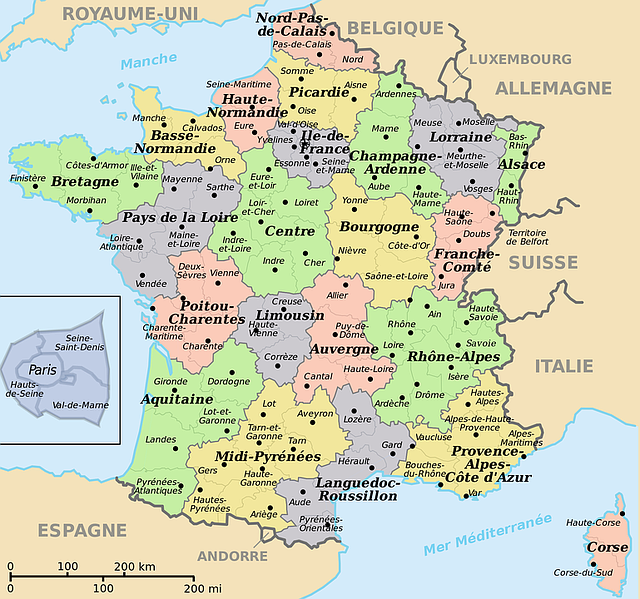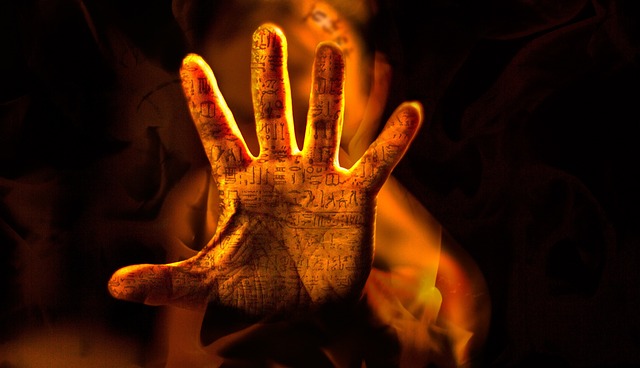Achieving precise translations in business writing is crucial, facing challenges from jargon, grammar, and cultural nuances. Self-study, language immersion, and professional services aid in overcoming these hurdles. AI-powered tools like machine translation offer quick solutions but require human review for accuracy. Meticulous proofreading and editing ensure final translations are accurate, fluent, and professional. [Your Company Name] and [Brand Name] provide expert translation solutions for successful global communication.
In the global business landscape, accurate translation is paramount for effective communication. Despite advancements in technology, common mistakes often creep into written content, creating potential pitfalls for companies aiming to connect internationally. This article explores comprehensive solutions to address these issues, focusing on identifying contextual errors, understanding grammar nuances, leveraging cultural insights, utilizing machine translation tools, and the vital role of proofreading. Discover how these strategies ensure your business writing translates—no pun intended—into seamless global communication.
- Identifying Contextual Errors in Translations
- Grammar and Syntax: Common Business Mistakes
- Cultural Nuances: Bridging Communication Gaps
- Using Technology for Accurate Machine Translation
- Proofreading and Editing: Refining the Final Text
Identifying Contextual Errors in Translations

In business writing, where precision and clarity are paramount, identifying contextual errors in translations is vital. While technical jargon and industry-specific terminology can pose significant challenges, the greater hurdle often lies in understanding complex sentence structures. Foreign language comprehension demands that translators grasp not just the literal meaning of words but also their nuances, cultural implications, and how they intertwine within a sentence. This requires an ability to parse intricate grammatical constructs, which is no simple task, especially when dealing with languages that have vastly different syntactical rules from the source language.
Self-study resources can equip translators with the tools needed to tackle these complexities. By immersing oneself in both the source and target languages, practicing translation exercises, and engaging with native speakers, one can enhance foreign language comprehension. Moreover, leveraging available technology, such as translation memory software, can assist in maintaining consistency while navigating complex sentence structures. Remember that achieving flawless translations demands a commitment to ongoing learning and adaptation, especially when traversing the nuances of business writing. Give us a call at [Your Company Name] for expert guidance on mastering these challenges.
Grammar and Syntax: Common Business Mistakes

Business writing, when translated into different languages, often faces challenges due to grammatical and syntactical differences. Common mistakes include incorrect verb tenses, subject-verb agreement issues, and misuse of prepositions—all of which can impact clarity and professionalism. For instance, in some languages, direct translations of business jargon may sound awkward or even convey a different meaning.
To ensure effective communication, it’s crucial to have a solid grasp of both the source and target languages. Self-study resources and professional translation services can help overcome these hurdles. Film localization and content localizing experts often emphasize the importance of idiom understanding, as business idioms and expressions must be accurately translated while preserving their cultural context. Similarly, oral interpretation plays a vital role in meeting, where precise language is key to conveying messages effectively across cultures. Find us at our online platform for accessible learning tools to enhance your translation skills.
Cultural Nuances: Bridging Communication Gaps

Cultural nuances play a pivotal role in bridging communication gaps that often arise from common translation mistakes in business writing. Different languages and cultures carry unique idiomatic expressions, metaphors, and context-dependent meanings that can be challenging to render accurately. A literal translation may not convey the intended message effectively, leading to misunderstandings or even offensive terms if cultural context is overlooked.
To navigate this complex landscape, professional translators employ various translation techniques tailored to specific content types, such as marketing materials, technical specifications, and legal documentation. Understanding the nuances of both source and target languages enables them to capture not just grammatical correctness but also the essence of the original text within the cultural framework of the receiving audience. By embracing these subtleties, businesses can ensure their messages resonate with international clients and partners, fostering stronger intercultural communication and relationships. Visit us at [Brand Name] for expert translation solutions that bridge these gaps seamlessly.
Using Technology for Accurate Machine Translation

In today’s globalized business landscape, accurate translation is more crucial than ever for effective communication with international clients and partners. While human translators remain indispensable, technology plays a pivotal role in enhancing efficiency and reducing errors. AI-powered tools like machine translation (MT) have emerged as powerful allies, offering quick and cost-effective solutions. These tools utilize vast linguistic datasets to deliver translations that are increasingly precise and contextually relevant.
However, it’s essential to remember that MT is not without its limitations. It may occasionally produce offensive terms or factual inaccuracies due to the complexity of language nuances. To ensure optimal results, human reviewers should always proofread translations generated by AI-powered tools. By combining the strengths of technology with human expertise, businesses can significantly improve their translation quality and enhance user experience when communicating across borders. Visit us at local customs knowledge anytime for more insights into leveraging these innovations in your translation processes.
Proofreading and Editing: Refining the Final Text

After initial translation, meticulous proofreading and editing are crucial steps to ensure accuracy and fluency in business writing. Many contemporary practices emphasize the importance of a fresh pair of eyes to catch subtle errors or awkward phrasing that might have slipped through during the first pass. This is especially true for beginner translators who may still be honing their skills. Online courses and AI-powered tools can aid in this process, but nothing replaces the human touch and expertise of professional editors.
During editing, content is refined to meet not only linguistic standards but also the specific needs of the business context. This involves ensuring that terminology is consistent across the document, that key messages are clear and compelling, and that any industry-specific jargon is accurately translated and explained for a broader audience. Ultimately, this meticulous process ensures that the final text not only communicates the intended message effectively but also reflects professionalism and attention to detail, enhancing the overall quality of the translation.
In the realm of business writing, accurate translation is paramount to fostering global communication. By understanding contextual errors, mastering grammar and syntax, appreciating cultural nuances, leveraging technology through machine translation, and always proofreading and editing, we can significantly reduce common mistakes. These strategies ensure that our messages are not only correctly conveyed but also culturally sensitive and professionally refined, enhancing our global outreach and partnerships. Translation, thus, becomes a powerful tool to connect businesses across borders.
